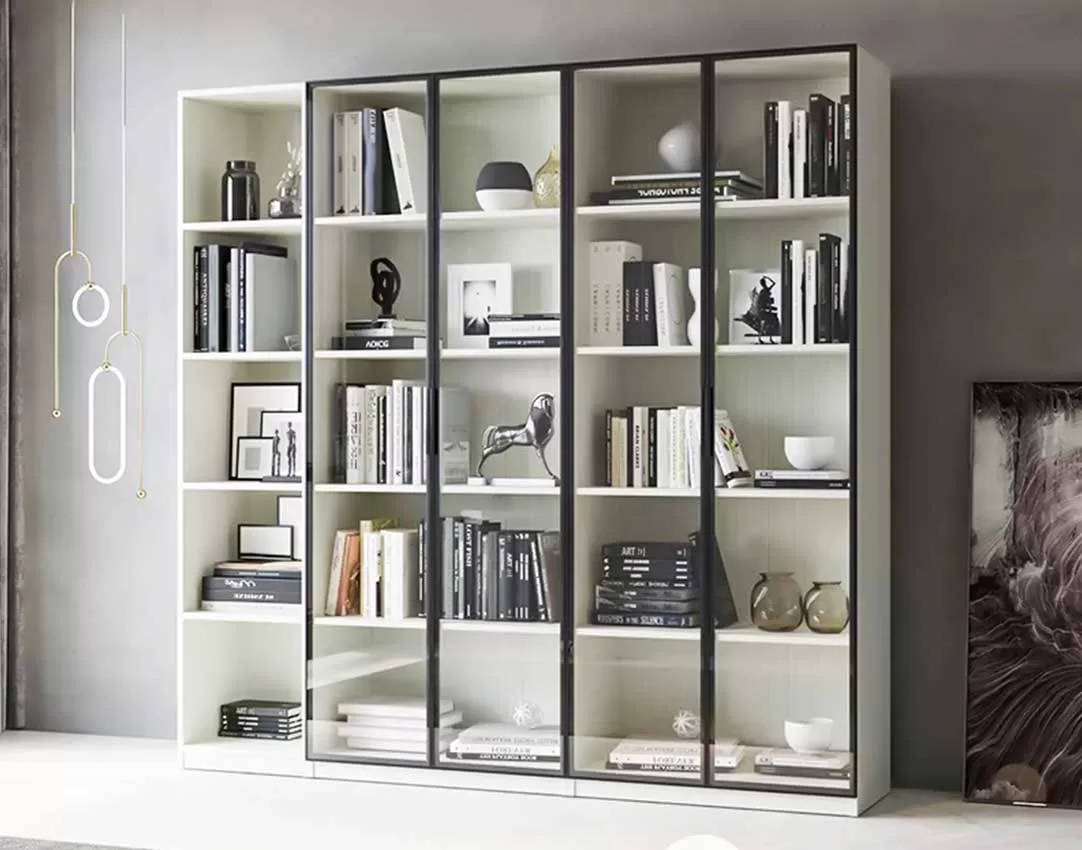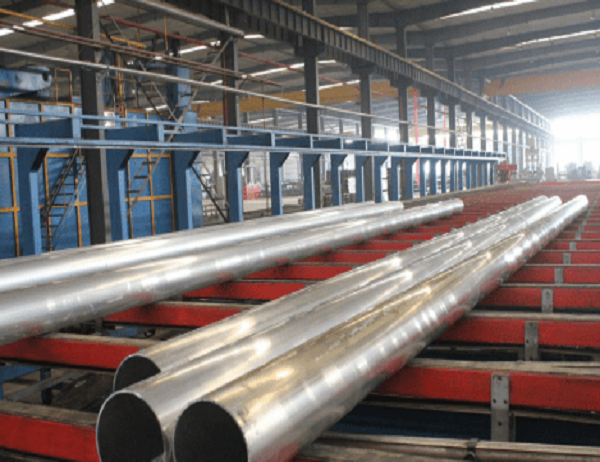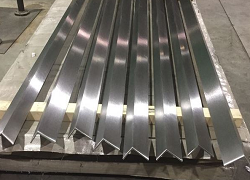In the realm of architectural and industrial design, extruded aluminum tubes have emerged as a versatile and highly sought-after material due to their exceptional strength, durability, and aesthetic appeal. This comprehensive article, “Designing with Extruded Aluminum Tubes,” delves into the intricacies of utilizing this versatile material, empowering you with the knowledge to create innovative and groundbreaking designs.
Material Properties and Advantages of Extruded Aluminum Tubes
Aluminum extrusions possess an unparalleled combination of properties that make them an ideal choice for a wide range of applications. Their high strength-to-weight ratio allows for lightweight structures with exceptional durability. The inherent corrosion resistance of aluminum ensures longevity even in harsh environments, while its excellent thermal and electrical conductivity properties make it suitable for use in a variety of industries. Furthermore, aluminum’s low maintenance requirements and recyclable nature contribute to its environmental friendliness.
Extrusion Process and Customization Options
The extrusion process involves forcing molten aluminum through a precisely designed die, resulting in a continuous profile with a specific cross-sectional shape. This technique enables the creation of complex shapes and intricate geometries that would be impractical or impossible to produce using conventional manufacturing methods. The wide array of available die designs allows for virtually limitless customization, catering to the unique requirements of each design project.
Structural Applications
Extruded aluminum tubes are extensively employed in structural applications due to their exceptional strength and durability. They are commonly used as beams, columns, and trusses in buildings, bridges, and other large-scale structures. Their ability to withstand high loads and resist deformation makes them an ideal choice for load-bearing components. The corrosion resistance of aluminum further ensures the structural integrity of these components over extended periods.
Aesthetic Applications
Beyond their structural capabilities, extruded aluminum tubes also offer unparalleled aesthetic possibilities. Their sleek and modern appearance seamlessly blends with various design styles, from contemporary to traditional. The ability to customize the shape, size, and finish of the tubes allows for the creation of unique and eye-catching architectural features. Whether used as curtain walls, handrails, or decorative accents, extruded aluminum tubes enhance the visual appeal of any space.
Industrial Applications
In the industrial sector, extruded aluminum tubes are widely utilized for their corrosion resistance, thermal conductivity, and ability to withstand high pressure. They are commonly used in pipe fittings, heat exchangers, and conveyor systems. The lightweight nature of aluminum makes it suitable for applications where weight is a critical factor. Additionally, the tubes’ ability to be bent and shaped allows for the creation of customized components that meet the specific demands of industrial equipment.
Sustainability and Environmental Considerations
Aluminum is a highly sustainable material, with over 75% of the aluminum ever produced still in use today. Extruded aluminum tubes contribute to this sustainability by being fully recyclable. The energy efficiency of the extrusion process further reduces the environmental impact of producing these components. By opting for extruded aluminum tubes, designers and engineers can contribute to environmentally responsible design practices.
Conclusion
“Designing with Extruded Aluminum Tubes” has provided a comprehensive overview of this versatile and high-performance material. From its exceptional material properties and customizable nature to its structural, aesthetic, and industrial applications, extruded aluminum tubes empower designers and engineers to create innovative and sustainable designs. By understanding the unique characteristics and capabilities of this material, you can harness its full potential to push the boundaries of design and create structures that endure both functionally and aesthetically.



